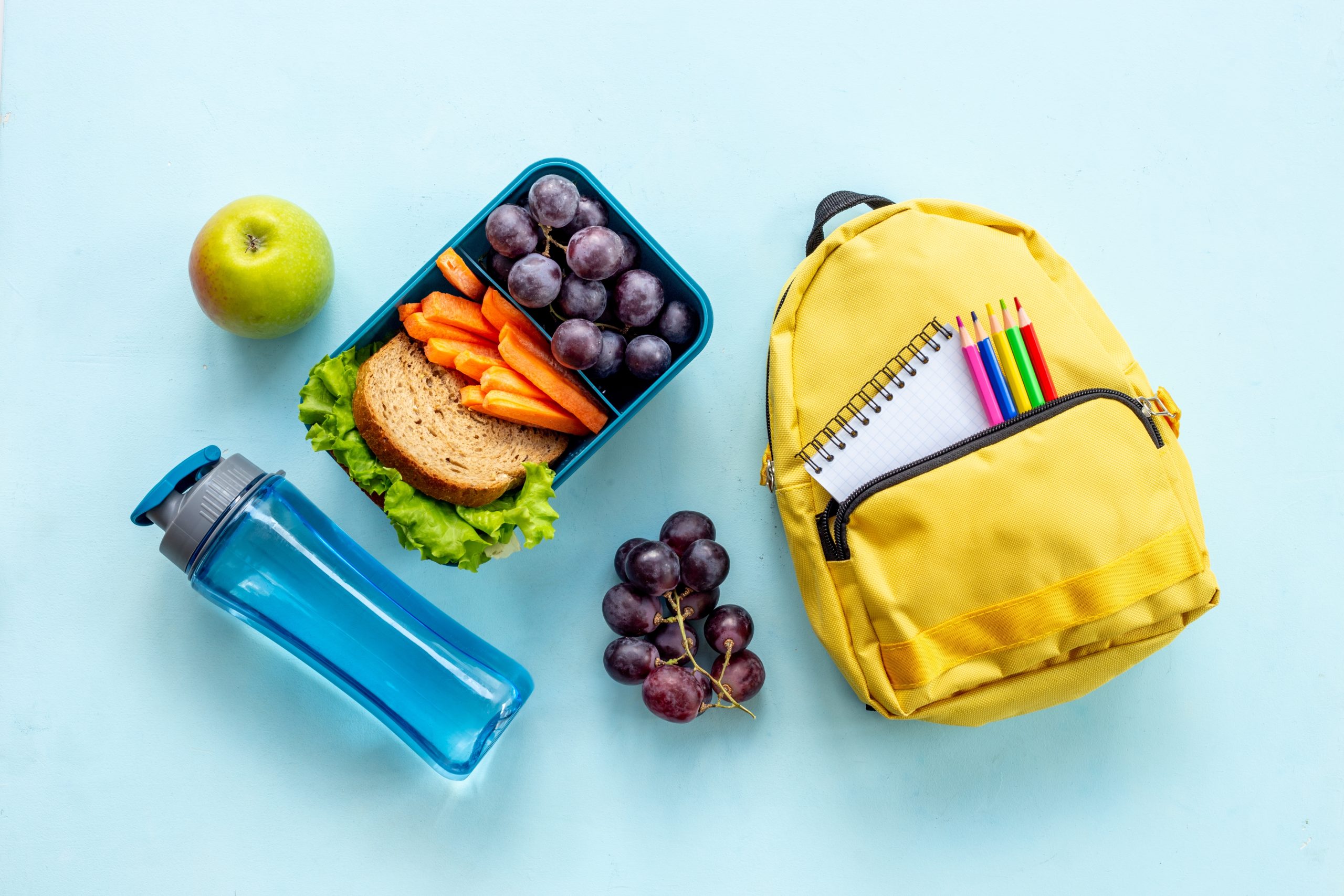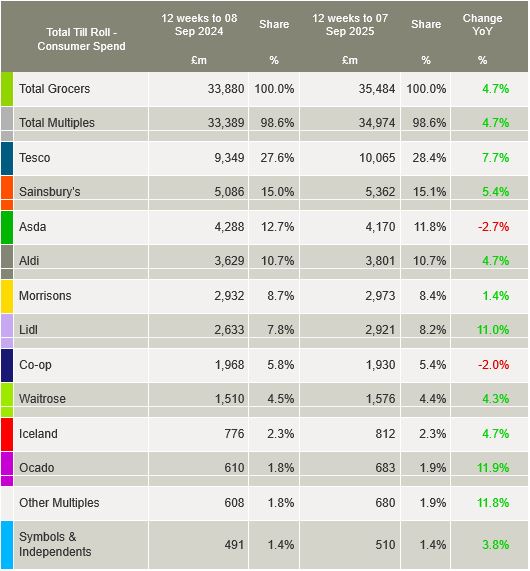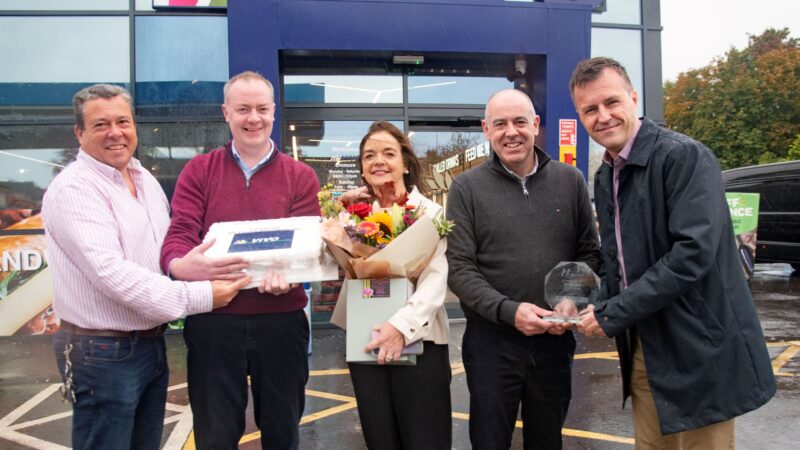Consumers do the maths ahead of back-to-school shopping

Grocery price inflation nudged down to 4.9% from 5.0% last month, latest figures report.
Like-for-like grocery price inflation dipped slightly for the second consecutive month, Worldpanel by Numerator figures reveal.
Take-home sales grew by 4.8% over the four weeks to 7th September, versus last year, with insights showing consumers are still seeking value – the new figures from the analysts show 13.1% of consumers shopping for schoolwear bought second-hand.
Head of retail and consumer insight at Worldpanel, Fraser McKevitt said that while prices might not be climbing quite as quickly, they are still on the rise with the battle between own-label and brands continuing as household finances remain tight.
“Supermarkets’ own lines now make up 51.2% of all sales, up from 50.9% a year ago. Sales of these products grew by 5.9% this period, just ahead of brands at 5.3%, but it’s the premium own-label goods which are the real stand-out performers,” said Fraser.
“Sales rose by an impressive 10.3%, making it six months in a row that they’ve increased by double digits.
“However, brands are holding ground in some categories, including toothbrushes, frozen chicken and baby toiletries, showing that consumers still value well-known names across some very different parts of the store.”

Autumn signalled a return to work and school for many households, impacting what people bought at the supermarket, with spending on school lunch items shooting up.
“In the two weeks to 7th September, sales of lunchbox staples shot up among families with children compared to the previous fortnight,” said Fraser.
“Spending on yoghurts rose by 26%, sliced cooked meats at 17% and cheddar cheese by 24%. And while sandwiches still pack a punch at lunch, featuring in over half of kids’ lunchboxes, they are disappearing from some schoolbags as options like cooked poultry become more popular.”
Meanwhile, while the overall childrenswear market for back to school dipped slightly over the summer, grocery retailers grew ahead of the market at 8.4%.
“The grocers clearly did their homework on back-to-school fashion,” added Fraser.
“Value is still at the front of shoppers’ minds and retailers have tapped into this. Average prices have fallen, and buyers have increased their basket sizes as they aim to make the most of the discounts on the table.

Worldpanel data shows that families are also turning to the second-hand market in search of deals, with 13.1% of schoolwear shoppers buying it pre-worn.
Meanwhile, Tesco won more market share than any other grocer in the 12 weeks to 7th September, now accounting for 28.4% of all sales, up 0.8 percentage points compared to 12 months ago. It saw growth across all channels, with spending up 7.7% – its highest rate since December 2023.
Spending increased by 5.4% at Sainsbury’s, taking its portion of the market up to 15.1%. Lidl was the fastest growing bricks-and-mortar retailer, with sales up 11.0%, moving its share to 8.2% from 7.8% in 2024.
Take-home sales at Iceland grew by 4.7% with its share remaining at 2.3%, while convenience specialist Co-op has a 5.4% hold of the market.







